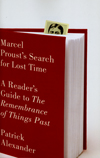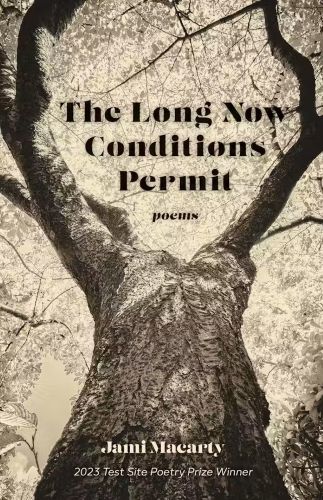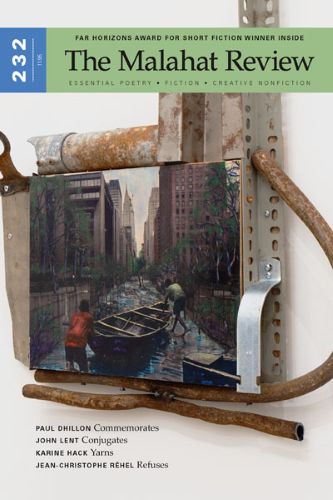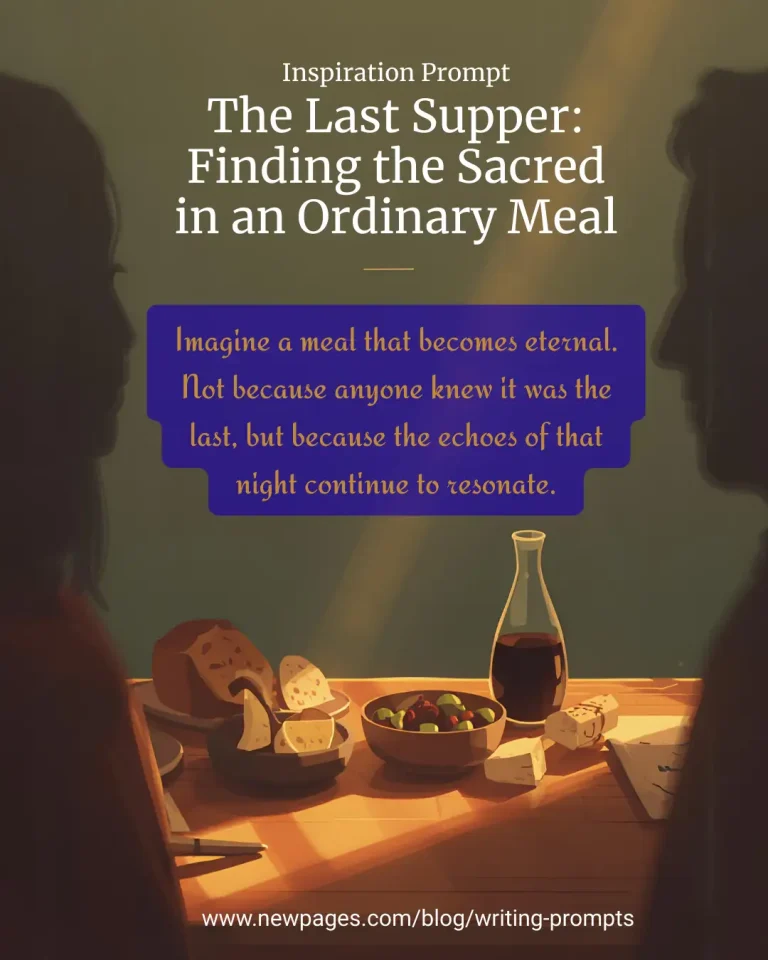
A Reader's Guide to The Remembrance of Things Past
Patrick Alexander
September 2009
Jeanne M. Lesinski
French author Marcel Proust created an acknowledged masterpiece of modern literature in his 3,000 page novel The Remembrance of Things Past, which is also known as In Search of Lost Time, first published in seven volumes from 1913 to 1927. Patrick Alexander’s guide to this work serves as an introduction to readers who haven’t yet read Proust’s masterpiece, a useful tool for those in the process of reading it, and a refresher for readers who’d like to revisit favorite passages.
French author Marcel Proust created an acknowledged masterpiece of modern literature in his 3,000 page novel The Remembrance of Things Past, which is also known as In Search of Lost Time, first published in seven volumes from 1913 to 1927. Patrick Alexander’s guide to this work serves as an introduction to readers who haven’t yet read Proust’s masterpiece, a useful tool for those in the process of reading it, and a refresher for readers who’d like to revisit favorite passages.
Part One provides an overview of the main story and its themes, followed by a 600 word summary and finally, a detailed plot synopsis. The plot synopsis helps readers understand the overall architecture of the book, which baffled readers for years as they waited for publication of the final volumes that had been delayed because of war. The more detailed plot synopsis includes quoted passages that effectively illustrate the style of the writing as well as the pacing of events and their comic application as anecdotes.
Part Two offers an alphabetized list of all the characters in the novel and character sketches of the fifty main characters. Yes, fifty main characters, whose names are often abbreviated, shortened, or misunderstood by the young, first-person narrator, fill these pages. Some characters are composites of famous historical personages, and Alexander carefully explains these relationships, helping to illuminate their significance within the plot and Proust’s own thought systems.
Part Three contains a short biography of Proust and historical information about France during La Belle Epoque and including a map of Paris denoting places important to the plot and where Proust himself lived. Because so much of the intricate plot revolves around social mores and etiquette of the upper social classes of France, this historical and societal information is critical to understanding the work, and unless the reader has already studied nineteenth- and early twentieth-century French history, this background information will be crucial.
As Alexander stated, “The purpose of this present work is to show that . . . Proust’s novel remains not only fresh and relevant to contemporary life but is extremely funny and shockingly entertaining.” While I’m not sure that readers of Alexander’s guide will be convinced of this purported high entertainment value, one thing is certain: readers will have had at their disposal ample useful information to guide their reading. Moreover, if they haven’t yet decided if they will take the plunge into Proust’s world, they will be able to make an informed decision. To read or not to read is always an important decision when there are so many words and so little time in life.




